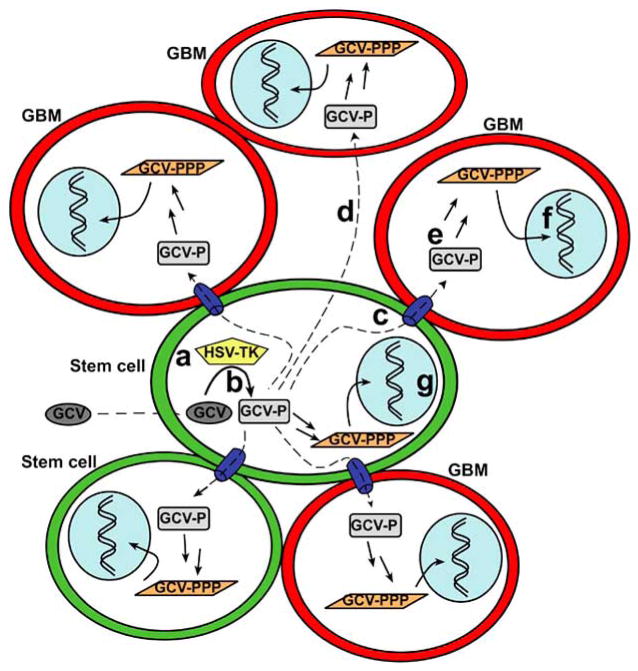Fig. 1. Suicide gene therapy and the bystander effect.
(a) Transduced stem cells (green) that express constitutively Herpes Simplex Virus thymidine kinase (HSV-TK) migrate to the vicinity of GBM cells (red). (b) Upon systemic administration of the non-toxic, antiviral drug ganciclovir (GCV), GCV is mono-phosphorylated (GCV-P) by the viral TK enzyme in the stem cells. (c) Gap junctions present between cells facilitate the passive transport of GCV-P to adjacent non-transduced target GBM cells. (d) GCV-P may also be transported to GBM cells via a gap junction-independent pathway. (e) Endogenous mammalian kinases within the GBM cells further phosphorylate GCV-P to its toxic product (GCV-PPP). (f, g) GCV-PPP acts as a purine analog incorporating itself into nascent DNA where it terminates replication, resulting in apoptosis of rapidly dividing cells. The death of non-transduced cells due to the transfer of an oncolytic agent is referred to as the bystander effect and in conjunction with concurrent suicide of transduced cells by the same mechanism involving GCV-PPP, is collectively known as suicide gene therapy. Figure adapted from Hurwitz et al. 2003 [16].

